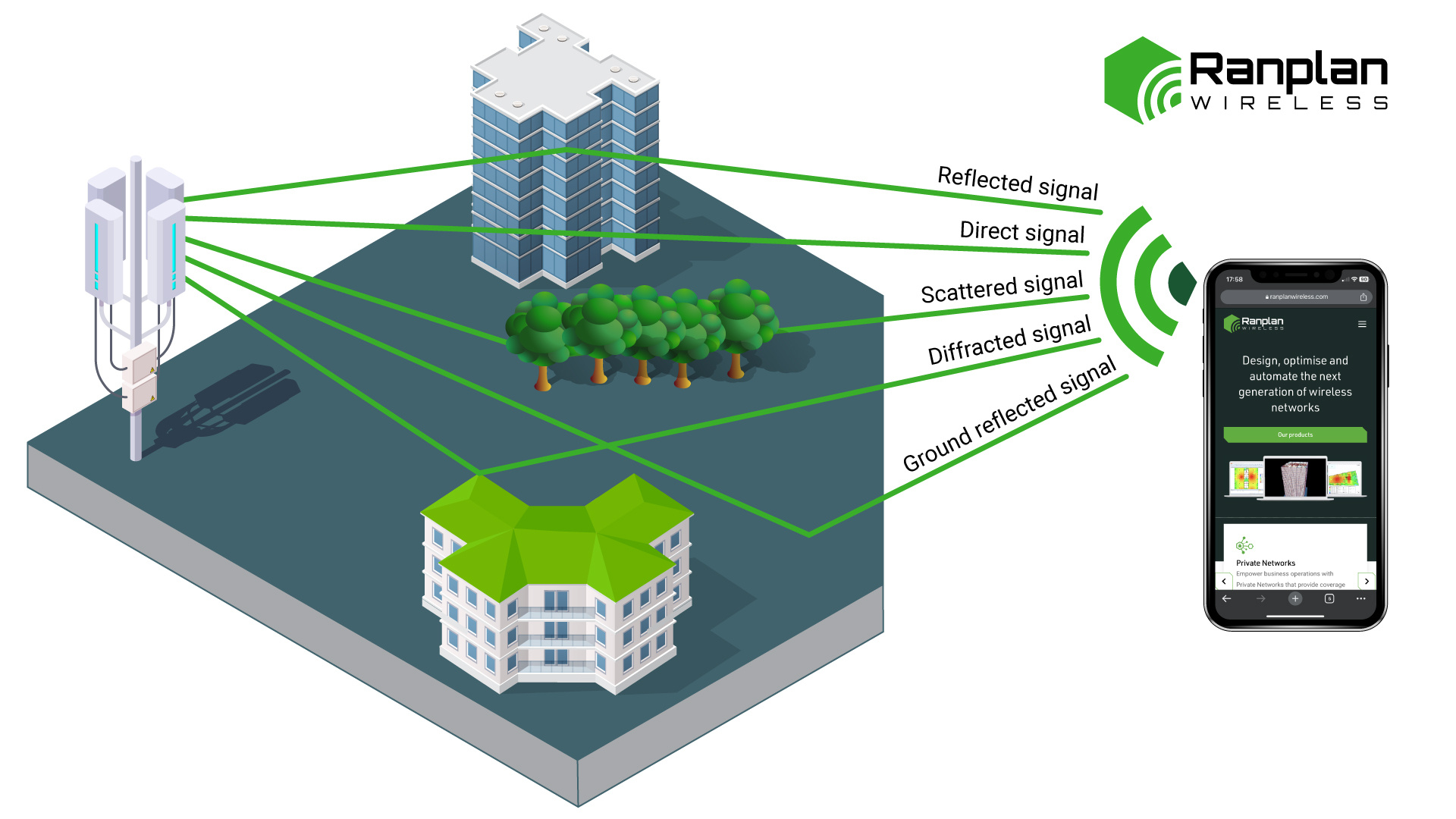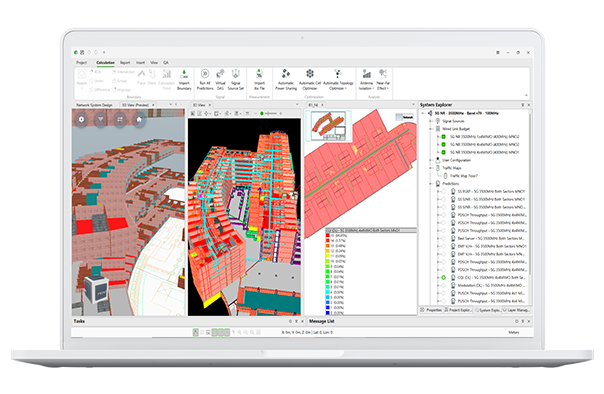Wireless communication has become an essential part of our lives, enabling us to stay connected and access information anytime, anywhere. Whether we're using our smartphones to check email, stream videos, or make calls, all of these activities rely on the radio waves being able to propagate through the air and reach our devices. But how do radio waves actually travel through the air, and what factors affect their propagation? That's where radio propagation models come in.
What are Radio Propagation Models?
Radio propagation models are mathematical and computational models that are used to predict the behaviour of radio waves as they propagate through the air and interact with various objects and obstacles. These models take into account a variety of factors that can affect radio wave propagation, such as the frequency of the radio waves, the height and location of antennas, the nature of the environment (e.g., urban or rural), and the presence of other objects that can reflect, refract, or scatter the radio waves.

Radio propagation models can be broadly categorized into three types: empirical models, analytical models, and numerical models.
- Empirical models are based on data collected from real-world measurements and are often used to predict radio wave propagation in specific environments or scenarios.
- Analytical models are based on mathematical equations that describe the behaviour of radio waves in idealized situations and are often used to derive general principles and insights about radio wave propagation.
- Numerical models, such as the Finite-Difference Time-Domain (FDTD) method, use computational techniques to simulate the behaviour of radio waves in complex environments and can provide detailed information about the paths that radio waves take as they propagate through the environment.
Examples of Radio Propagation Models
There are many different radio propagation models that have been developed over the years, each with its own strengths and weaknesses. Here are a few examples:
- Friis Transmission Equation: This is a basic model that is often used to calculate the received signal strength of a radio wave at a given distance from the transmitter. It takes into account the transmitted power, the frequency of the radio wave, and the distance between the transmitter and receiver.
- Hata Model: This empirical model is commonly used to predict signal strength in urban areas for frequencies between 150 MHz and 1 GHz. It takes into account the height of the antenna, the frequency of the radio wave, and the distance between the transmitter and receiver.
- Longley-Rice Model: This is an empirical model that is used to predict radio wave propagation over irregular terrain. It takes into account the terrain profile, ground conductivity, and atmospheric conditions.
- Ray-Tracing Model: This numerical model uses ray-tracing techniques to simulate the behaviour of radio waves as they interact with objects and obstacles in the environment. It can provide detailed information about the paths that radio waves take and can be used to identify areas of interference and shadowing.
- Multi-Wall Model: This is a ray-based model that is used to predict the propagation of radio waves in indoor environments with multiple walls. It uses a combination of ray tracing and image theory to predict the path of radio waves as they reflect and diffract off of walls and other obstacles.
- Dominance Ray Model: The Dominance Ray Model is a ray-based method that is used to predict the propagation of radio waves in urban environments. It takes into account the presence of buildings, trees, and other obstacles, and calculates the shadowing and diffraction effects of these obstacles on the radio waves. The Dominance Ray Model is useful for predicting signal strength and coverage in urban areas where traditional empirical models may not be accurate.
- Finite-Difference Time-Domain (FDTD) Model: FDTD is a numerical method that uses computational techniques to simulate the behavior of radio waves in complex environments. It breaks down the space into a grid and uses the time-stepping method to calculate the electromagnetic fields at each point in the grid. The FDTD model can be used to predict the behaviour of radio waves in environments with complex geometries, such as indoor environments or urban areas.
- Environment Zone Model: The Environment Zone Model is an empirical model that is used to predict the propagation of radio waves in indoor environments. It takes into account the layout of the building, the materials used in construction, and the location and orientation of antennas. The Environment Zone Model is useful for designing and optimizing wireless communication systems in indoor environments, such as airports, shopping malls, and office buildings.
Ranplan Professional uses a combination of advanced ray tracing propagation models to provide highly accurate and reliable predictions of radio wave behaviour in complex environments. It simulates the behaviour of radio waves by tracing their path through a building or other complex environments. By taking into account factors such as reflections, diffractions, and scattering, ray tracing can provide highly accurate predictions of signal strength and coverage within indoor environments. By using these advanced propagation models, Ranplan Professional can provide highly accurate and reliable predictions of radio wave behaviour, helping wireless network designers and engineers optimize their network designs and ensure that their wireless communication systems are reliable, efficient, and effective.





